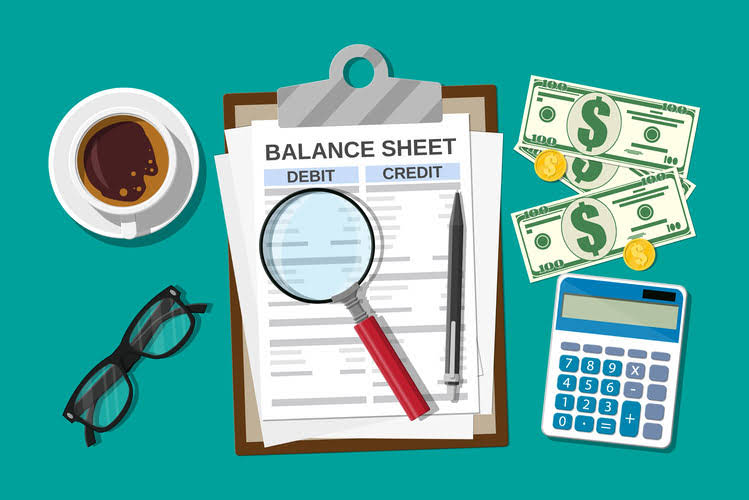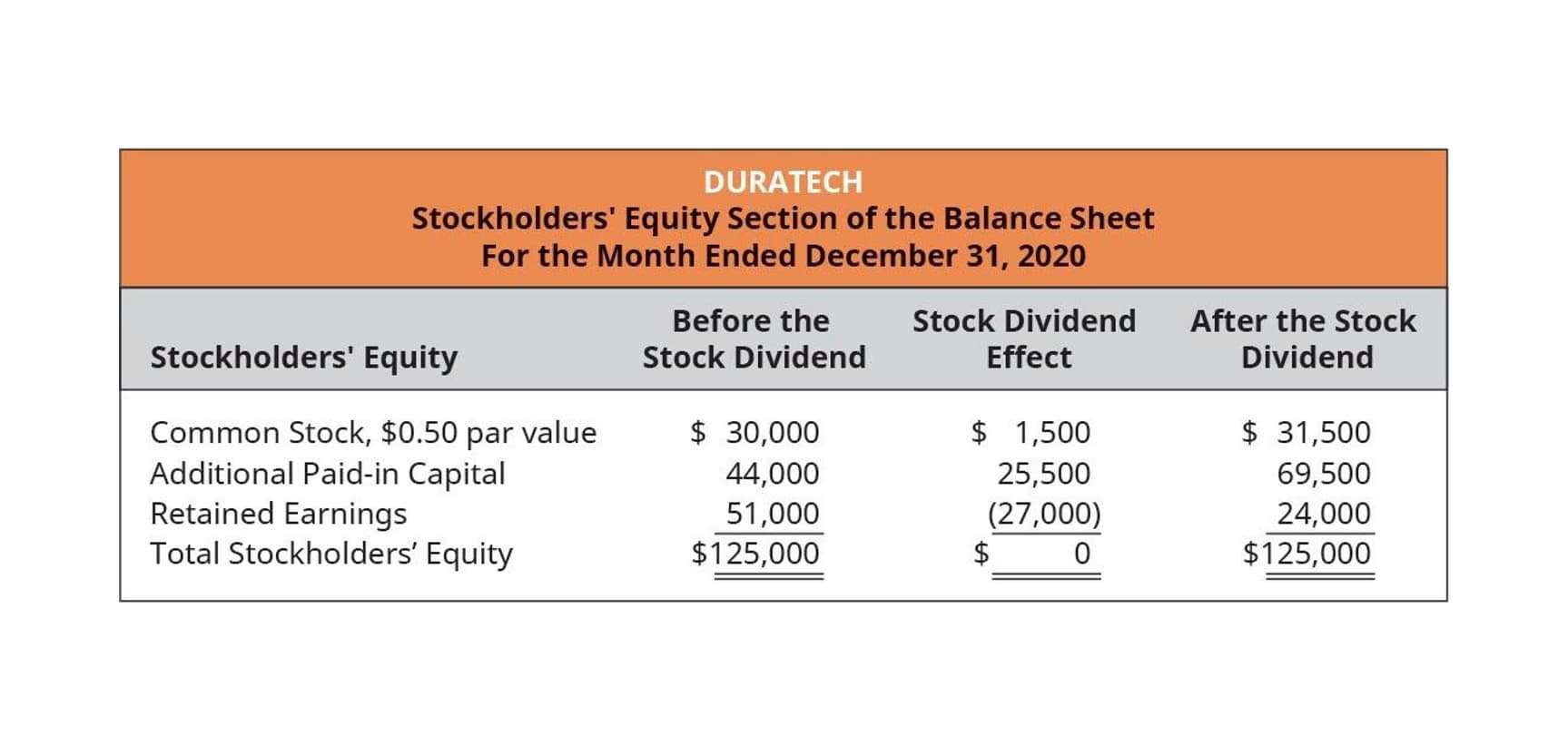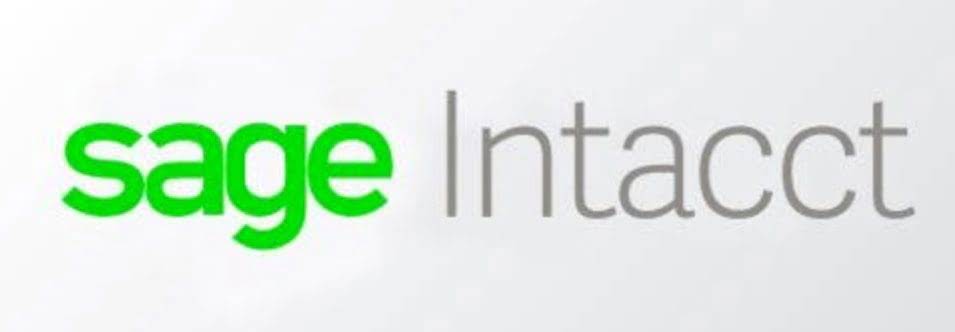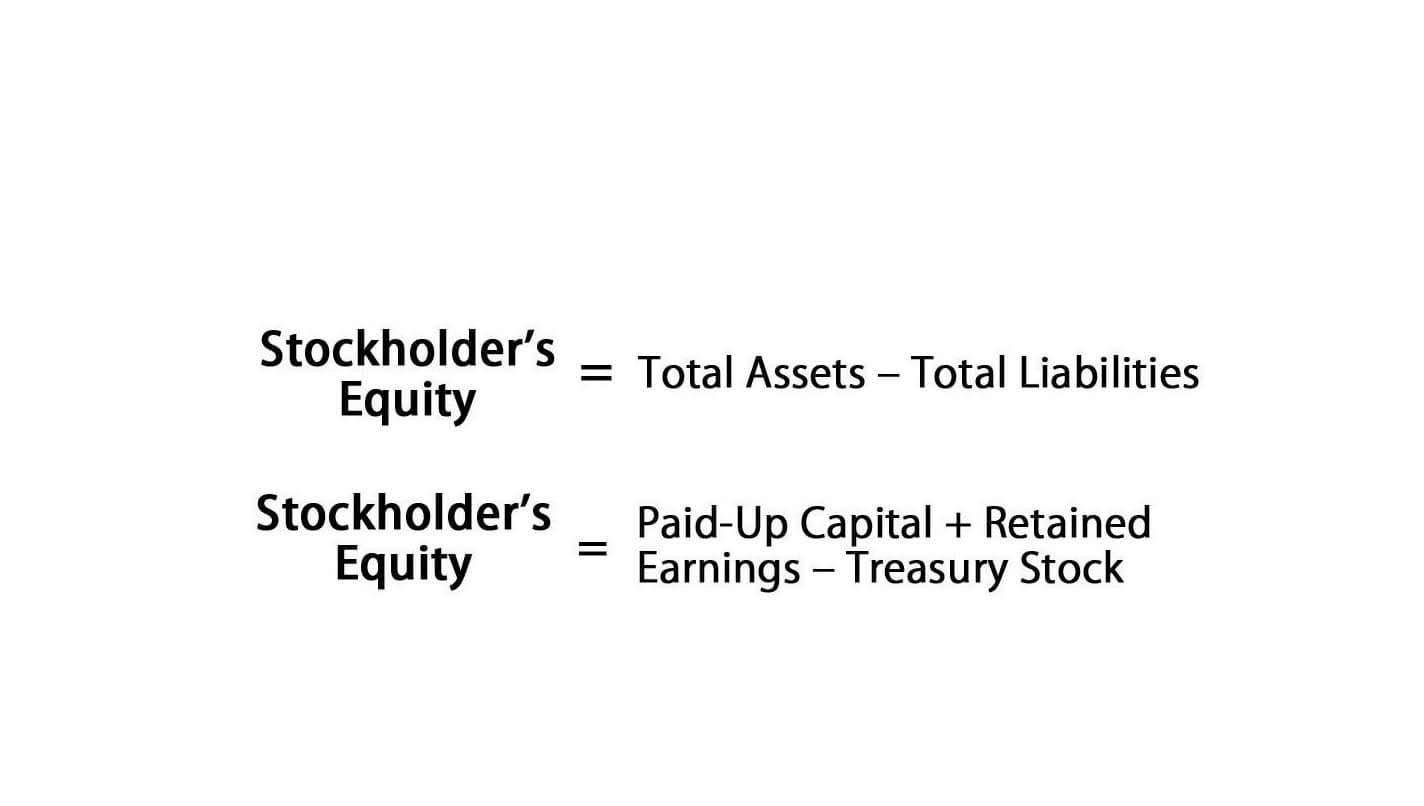As such, once your organization selects a costing method, regulators will expect you to adhere to it year after year. The FIFO method has advantages for small business owners, especially those who sell items with expiration dates. FIFO accounting is the most commonly used inventory costing method for new businesses. The FIFO (First In, First Out) method is a common inventory accounting technique for assigning costs to goods sold and goods still available for sale.
FIFO’s Representation of Ending Inventory on the Balance Sheet
For example, an art gallery will use this approach because each masterpiece’s value differs. If Vintage Co. applied the LIFO approach to value inventory, it would assume that the production line first used up the inventory bought in Week 52, then in Week 51, and so on. Provided all inventory items that remained unsold as of December 31 had been bought in Week 1, Vintage’s inventory value at year-end would have been $10 per batch of fiberboards. The last purchased assets stay in the warehouse until the initially purchased quantities are depleted. Assuming the only inventory left in store as of December 31 was bought in Week 52, Vintage’s stock value at year-end would be $14 per batch of fiberboard.
- To get the cost of goods sold, you multiply the six shirts sold by $50.
- The main difference between International Financial Reporting Standards (IFRS) and US Generally Accepted Accounting Principles (GAAP) is that IFRS does not allow the LIFO method.
- There are different circumstances and business climates that might necessitate selecting one inventory costing method over another.
- This impacts financial KPIs like net income and asset valuation for analysis.
Comparative Analysis: FIFO vs. LIFO and Weighted Average
- LOFOis used rarely in multilayer inventory companies where inventory expenses are extremely low.
- The FIFO method assumes that the oldest inventory items are sold first.
- For example, an art gallery will use this approach because each masterpiece’s value differs.
- You might also select a method based on its effect on the company’s balance sheet.
- It makes sense that the cost of each component held at any moment equals the average price of all items bought.
- Inventory is one of the most critical assets in a company’s statement of financial position.
In the LIFO vs FIFO discussion, the specific identification method matches each unit sold to its actual price. It requires companies to keep track of the individual prices of all items bought, which might prove impractical for businesses buying and selling various types of products. The FIFO inventory method assumes that the oldest products in inventory are recorded as sold first. During inflationary periods, this often means that the cost of goods sold is lower compared to other methods like LIFO. The lower COGS flows directly into higher net income on the income statement.
LIFO
There are several methods for determining the cost of your business’s inventory. Learn to use common methods like FIFO, LIFO, and weighted average cost. Consult an accounting professional to ensure the transition is handled properly. FIFO better reflects actual inventory flows and enables more accurate financial reporting. But the change can alter inventory value and net income, requiring adjusted calculations. The FIFO (First-In, First-Out) method is an inventory costing approach used in accounting to assign costs to goods sold and ending inventory.
Why use the FIFO method?
The FIFO method assumes that the oldest inventory items are sold first. The FIFO (First In, First Out) method is an inventory costing method used in accounting to value the cost of goods sold and ending inventory. Under FIFO, the inventory items purchased first are recorded as sold first. In summary, the FIFO formula provides a straightforward way to calculate inventory costs and assign them to cost of goods sold and ending inventory balances. It matches sales against oldest costs first, providing financial reporting that aligns with physical inventory flow assumptions.
This determines the balance sheet inventory asset value using FIFO cost assumptions. It can also provide certain tax advantages in some places by reducing a company’s taxable income during a period of inflation. Let’s say the store makes a subsequent purchase of 50 smartphones at a cost of $220 each. A business’s inventory usually ranks among its most significant assets. Inefficiencies or unwieldy costs can have a ripple effect on the rest of an organization’s finances.
It’s also a recommended approach for industries with stable product costs. FIFO better reflects current replacement costs since ending inventory comprises more recent purchases. By providing lower COGS and higher ending inventory valuations, FIFO can increase apparent profitability, especially in times of rising prices.
FIFO is generally preferred over LIFO (Last In, First Out), which artificially reduces profits and taxes by matching current sales with oldest inventory costs. FIFO provides a more realistic view of ending inventory balances over time. The FIFO inventory method assumes that the oldest goods purchased are the first to leave the company as sales occur.
Choosing an inventory valuation method is more than just an accounting formality. Essentially, you must remember that there is diversity in how financial reporting standards work with these approaches. The following formula can be used to calculate the average cost of fiberboard. Adopting the FIFO method aligns with accounting best practices under GAAP (generally accepted accounting principles). FIFO inventory accounting leads to the inventory costing method that reports the earliest costs in ending inventory is financial reporting that reflects the true liquidation value of inventory assets. Overall, embracing FIFO supports transparency and accuracy in financial analysis.
The ending inventory would be the remaining 50 units from the February 1st purchase valued at $12 per unit, or $600. Specific identification provides the most precise matching of costs with revenues, but depending on the size of your inventory, can be more complex and time-consuming to implement. In February, you bought another 10 shirts but now they cost $60 each. You should consult your own professional advisors for advice directly relating to your business or before taking action in relation to any of the content provided. According to FIFO, the fiberboards that cost $10 (those purchased in Week 1) would be used in production first for as long as they last. Only after the firm empties that batch will it utilize the ones purchased for $13 (in Week 2).
To calculate FIFO and the total cost of goods sold, multiply the cost of the item by how many items you’ve either bought or sold at that price. With proper documentation, you can directly match cost of goods sold to the actual purchase costs of inventory sold during the period. This also allows you to accurately determine the cost basis of ending inventory.
The FIFO (First In, First Out) method is a fundamental concept in financial accounting and inventory management. It refers to the practice of tracking inventory flows and assigning costs on the assumption that the oldest goods in a company’s inventory are sold first. Yes, Shopify offers monthly inventory reports that provide you with the necessary data to carry out your preferred inventory costing method. By selling the cheapest items first, you’re left with more expensive inventory, which could result in higher reported profits. Like HIFO, LOFO is not GAAP- and IFRS-accepted, and it can lead to businesses over-reporting profits.
What is the formula for FIFO in accounting?
The weighted average method calculates COGS based on the average cost of units purchased over an accounting period, rather than matching costs with specific inventory units. Under FIFO, the cost flow assumption is that oldest inventory items are sold first. As each sale occurs, the cost of goods sold is calculated by removing the oldest item’s costs from the inventory asset account. This increases expenses on the income statement and reduces the inventory balance on the balance sheet.

















